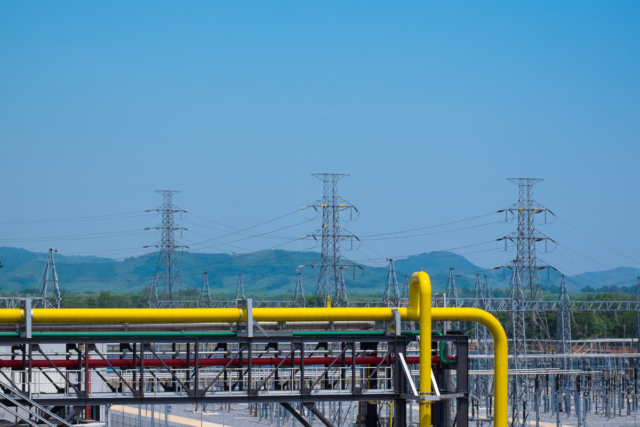
September 23, 2022
Winter natural gas has disparity growing as storage lags
By Jeff Bolyard, Principal, Energy Supply Advisory

This post by Jeff Bolyard, Principal, Energy Supply Advisory, is featured in our recently released September 2022 Monthly Monitor, which includes articles and analysis for the natural gas, electric, crude oil, and sustainability markets. To read the full newsletter, click here. To sign up for the Monthly Monitor distribution list, click here.
The natural gas market has evolved in many ways over the past few decades. Let’s take a short stroll down memory lane and allow me to remind you of the supply shortages – and even moratoriums – on new gas connections in the early 80s, deregulation of monopolized gas markets in the late 80s, the impact of Gulf Coast hurricanes Katrina and Rita in 2005, the financial meltdown during the summer of 2008, then the unprecedented growth of shale gas between 2010 and 2020.
Most recent – and not to be forgotten – is the connectedness to international markets in the form of pipeline and LNG exports. Each of these factors fundamentally changed the way natural gas markets were perceived.
However, what was true then continues to be true today: there remains a single fundamental price driver that has consistently measured the amount of price risk in the short term, and that is the status of underground domestic natural gas storage.
The traditional injection period occurs between April and October each year. Because the heating demand is so much higher in the winter than the supply of gas coming from wells, storage must be filled and available for winter withdrawal – otherwise prices increase in the leadup to winter and price spikes during winter become more common.
The longer storage fills lag, the higher the natural gas price for the upcoming winter. This is exactly the situation we find ourselves in this year.
The most recent EIA storage report places storage at 2,579 Bcf, which is 268 Bcf lower than last year and 353 Bcf behind the five-year average for this week in history. Winter price premiums reflecting this deficit trajectory are most evident in areas of the country that are less likely to have enough access to regional physical production or ample pipeline infrastructure and storage that allows the region to access that supply during peak demand days.
At the start of 2022, storage levels were at a 12 Bcf surplus over the five-year average. With just two months of the seven-month injection period remaining, storage remains 353 Bcf behind that five-year benchmark.
The chart below shows the basis cost historical timeline of several regions that are short on supply and infrastructure for the upcoming winter and therefore at risk of severe price increases due to inadequate storage.

As you can see, the trend of historical basis pricing (excluding the NYMEX price, which is currently averaging $9.28/MMBtu) for the upcoming heart of winter period of Dec’22-Feb’23 has risen significantly in regions that are short on supply and infrastructure like Algonquin (light blue line), where basis is $31.80/MMBtu, increasing over $18/Dth since the start of the year, while Transco Zone 5 (gray line) is trading at $12.99/MMBtu – up more than $9 during the past eight months.
Other regions like SoCal City Gate, which has less winter heat load than the northeast and has seen some summer basis spikes, has increased just $0.41 since the start of the year for the upcoming winter, and can now be purchased at $2.52/MMBtu. Areas with ample/excess supply like Eastern Gas South (Appalachia) actually dropped $0.22 since early January and is now at a discount to NYMEX of $0.83, while growing production in the Permian (west Texas) has driven basis pricing to a bargain basement price of NYMEX minus $1.16/MMBtu.
In this new gas market, basis pricing has varied widely, posing significant opportunity or risk depending on location, but driven by the status of storage, especially in areas lacking supply.
Although natural gas production is up year over year, overall demand – including exports – is up even more, as evidenced by the remaining shortfall in storage for the upcoming winter. The location of your facilities places more or less risk on winter pricing, with some areas of the country benefiting from physical access to local supply or via existing pipeline infrastructure.
As winter nears, storage status and early winter weather patterns will dictate whether the current forward basis pricing and NYMEX will move higher or lower for each index. Be sure to have a strategy tied to the level of risk you are willing to take and keep an eye on basis well beyond the end of the upcoming winter to actively manage costs going forward.
Join Our Mailing List
Download our September 2022 Monthly Monitor
A newsletter that includes articles and analysis for the natural gas, electric, crude oil, and sustainability markets.
Learn More



